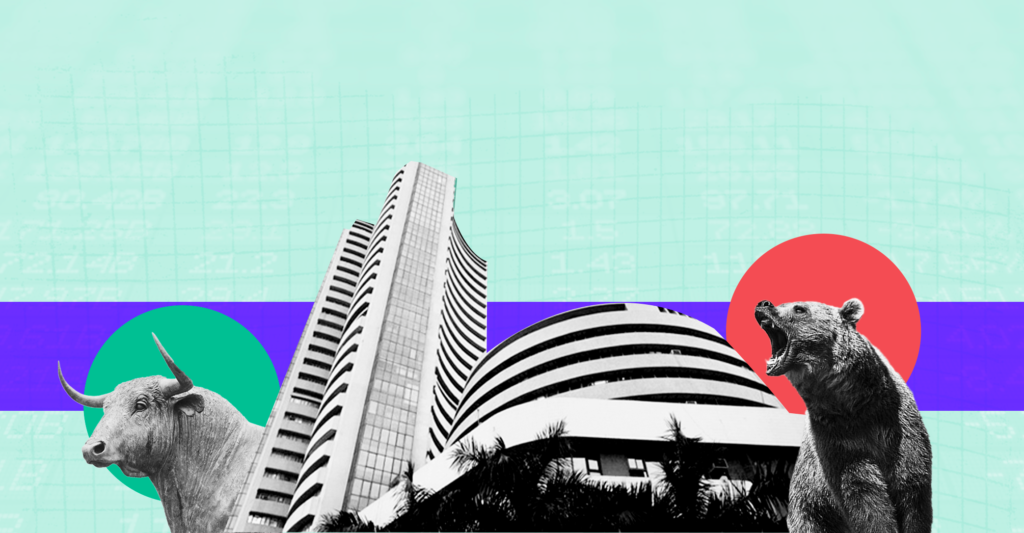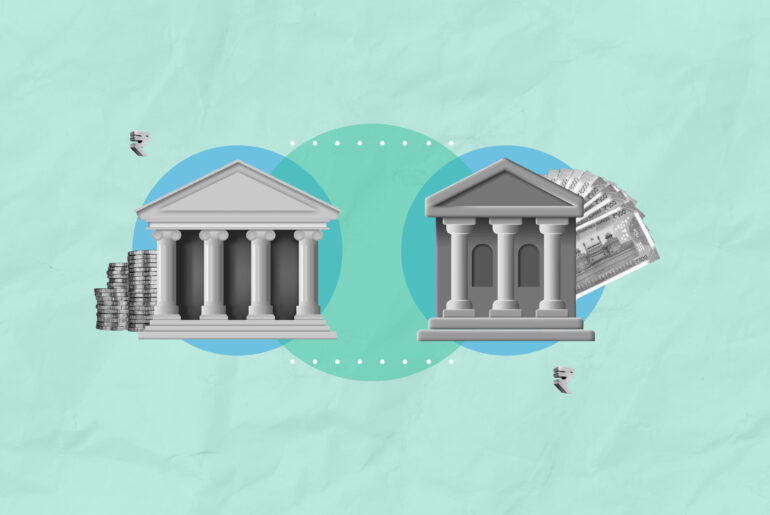Last Updated on Jun 17, 2022 by
The US Federal Reserve (Fed) hiked its main interest rates by 75 basis points ranging from 1.5 to 1.75%, on 15 June 2022. This is the highest rise since 1994 and the third hike this year. The last time the Fed hiked the interest rate by 75 bps was November 1994.
Earlier, it had planned to hike the rates by 50 bps for June, but the higher inflation rate resulted in this. The US consumer inflation in May was 8.6%, the highest since December 1981. The Fed is even looking to raise the rates to 3.4%, i.e., another 175 bps hike by the end of 2022. This measure is to tame the inflation rate to 2%.
Earlier this month, the RBI (Reserve Bank of India) also hiked the repo rate by 50 bps to 4.9% to take inflation under control. Though the inflation rate in India is better than in the USA, the interest-rate hike by the Fed raises concerns in the Indian economy.
Table of Contents
How are US Fed rates impacting India?
Though the Fed rate hike was anticipated, there are concerns about how it will impact the Indian economy.
1. Pressure on the Indian currency
The hike in the main interest rates by the Fed may cause foreign investors to pull out of the Indian market. This will adversely affect the rupee value against the US dollar. Reports suggest that the foreign investors have already pulled out about Rs 24,949 cr. worth FPI (Foreign Portfolio Investment) this month. So far in 2022, the net outflow from equities from FPI touched Rs 1.92 lakh cr. The Indian currency has dipped highly against the US dollar for the past few months due to the global environment. With the newly added US Fed rates hike, the rupee value may weaken even further. This may alert the risk-averse investors to exit India.
There can also be a threat of inflation coming through the currency weakening route. Though there is no change in the global prices, the depreciation in the rupee value will increase the purchase cost. However, the RBI has been using the foreign reserves to get the volatility down, the rupee value is still depreciating. The foreign reserves are currently US $600 bn. India is one of the largest importers of crude oil, gold and electronics. The increase in imports seems to be widening the current account deficit (CAD), which is expected to go beyond 3% of GDP in 2022-23.
2. Stock market reaction
Though the markets opened positively on 16th June 2022, the relief didn’t last long. The markets fell hard and closed at the lowest point of the day. Nifty closed at 15,400 below while Sensex fell by 1,045 points. The reasons for the market crash are bounded by several global factors, which include the US Fed rate hike.
Jonathan Garner of Morgan Stanley says, “We are already deep into a bear market, at least in my coverage, in overall emerging markets it really goes all the way back to early 2021 when our markets peaked, that is the overall EM index.”
He also adds, “If the US dollar peaks around the time when inflation peaks and the Fed frontloading is fully priced in, then I think the environment can get a little bit brighter for India but at the moment the trade-weighted dollar just globally remains very strong.”
- How To Withdraw Mutual Funds? - Jun 6, 2025
- Top Maternity Insurance With Low Waiting Periods - Jun 5, 2025
- ROE vs ROCE – What are the Differences? - Jun 5, 2025





